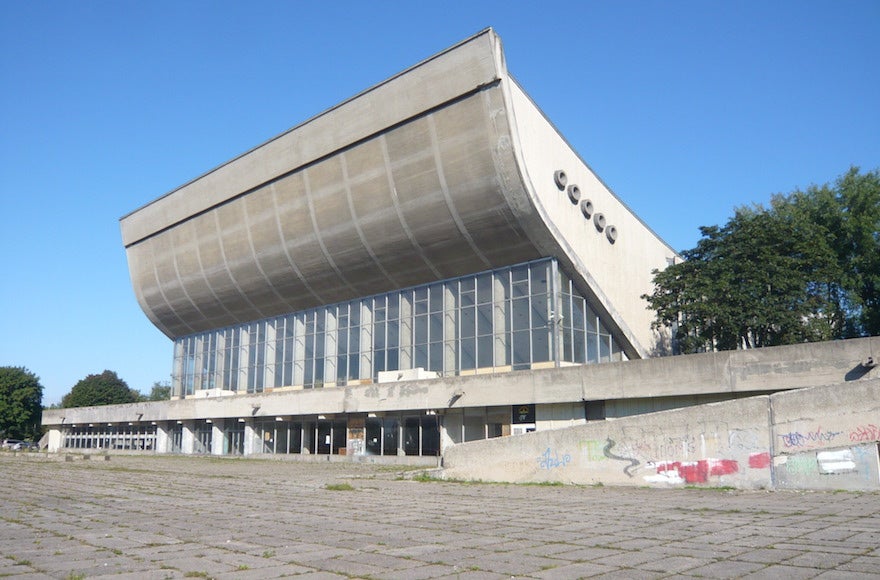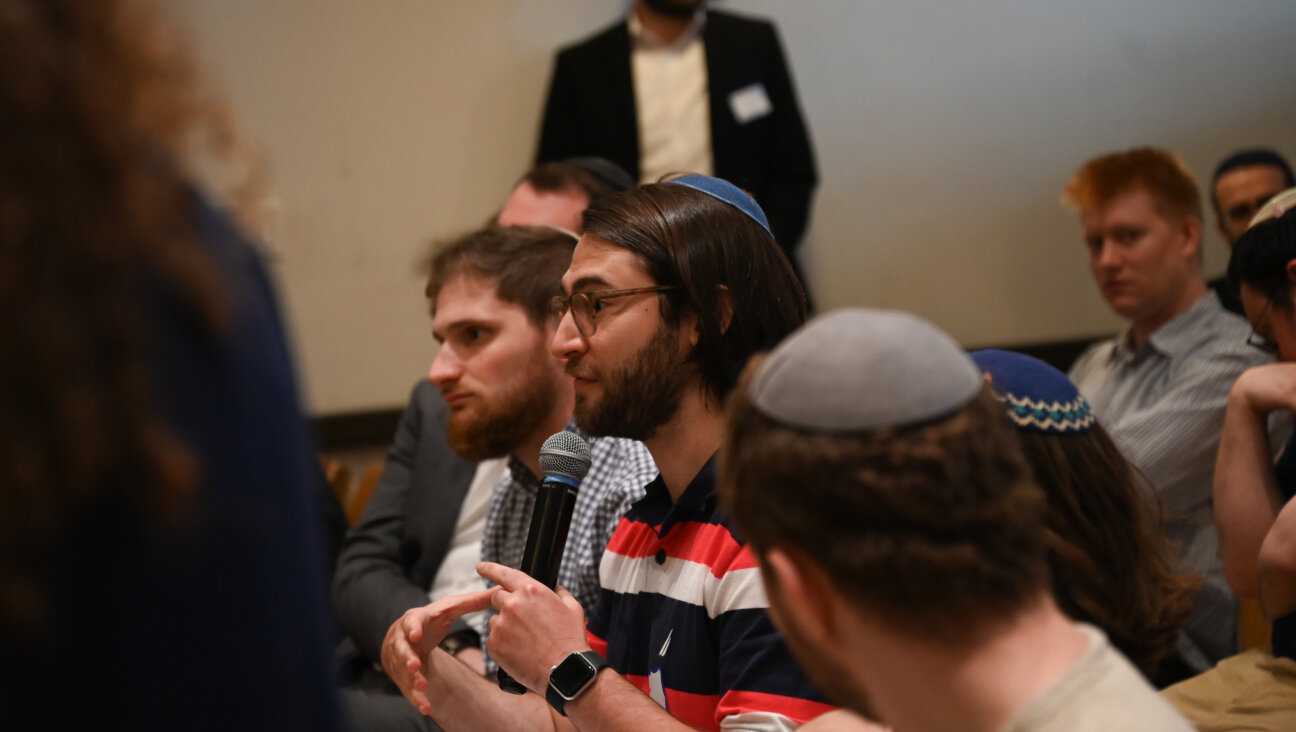Museum Walking Tour Seeks the Pickle-ness on Manhattan’s Lower East Side

Graphic by Angelie Zaslavsky
From bialys and pickles to dumplings and queso blanco cheese, the foods of dozens of immigrant groups can be found — and eaten — on Manhattan’s Lower East Side.
The Lower East Side Tenement Museum’s new walking tour, which launched in June, tells the story of America’s ever-changing cuisine with a tasting stroll through the storied neighborhood that has been home to waves of millions of Jewish and other immigrants.
“That’s the story we’re going to tell today: the story of immigration and how immigrant food can connect you to your home,” said Sarah Lohman, tour guide and educator at the museum.
It kicked off on the sidewalk just outside the museum on Orchard Street, where Judy Levin, also a museum educator, produced a tin full of salted pretzels. The pretzels were baked in the Bavarian tradition and had been dunked in a diluted solution of lye before cooking, giving them a crispy, brown crust.
Lohman explained that during the 19th century, the Lower East Side was known as Kleindeutschland, or “Little Germany,” because of its enormous German population.
“These streets have actually been an immigrant neighborhood for as long as they’ve existed,” Lohman said.
The building housing the tenement museum was a German beer hall in the late 1800s, one of 700 in the area. By the turn of the century, however, the neighborhood was transformed as thousands of Jewish immigrants from Russia and Eastern Europe arrived.
In front of the Pickle Guys store on Essex Street, Levin doled out slices of sour kosher pickles.
Lohman explained that pickle carts were parked on just about every corner of the Lower East Side a century ago. “Take a big deep breath, smell that pickle-ness, because 100 years ago this is what the Lower East Side would have smelled like,” Lohman said.
Next up was Kossar’s Bialys on Grand Street, the oldest bialy bakery in the United States. The onion-topped rolls can be traced to Bialystok, Poland, and were brought by Jewish immigrants to the United States. Today, there are only a handful of bialy bakeries left anywhere.
Because eating a bialy and cream cheese is a messy proposition while walking, tour participants were told to wait for those treats until later.
No Lower East Side food tour would be complete without a visit to the historic Essex Street Market. A predominantly Italian and Jewish immigrant domain when it opened in 1940, today the market is a more international operation, with white cheese and other delicacies from Mexico and Latin America.
Around the corner, on Rivington Street, the tour group nibbled on chocolate-covered hard pretzels from Economy Candy, a Jewish-owned candy shop founded in 1937, and on crispy twice-fried plantains from El Castillo de Jagua, a Dominican restaurant across the street.
There were also chewy slices of soppressata, cured dry salami, from Little Italy and cream puffs bursting with Asian green tea cream from Panade Cafe, and steaming dumplings from Vanessa’s Dumpling House.
The day finished inside the tenement museum, where each already full participant was presented with the promised bialy from Kossar’s. With a schmear, of course.
The Taste of the Lower East Side walking tour is offered by the Lower East Side Tenement Museum on Fridays and Saturdays at 1 p.m. The cost is $45 for the general public and $22 for museum members. Tickets are available at www.tenement.org.
Contact Gianna Palmer at [email protected]
An earlier version of this article cited museum officials as saying the tour is first of its kind. In fact, Big Onion Walking Tours also offers a culinary tour of the Lower East Side called “The Original Multi-Ethnic Eating Tour.”






















